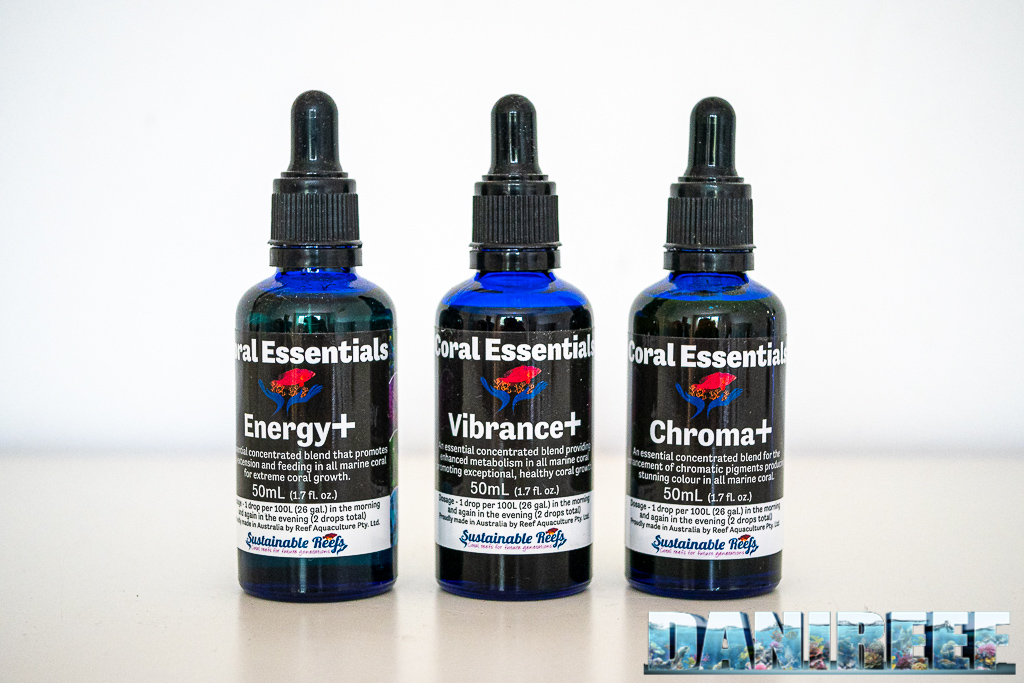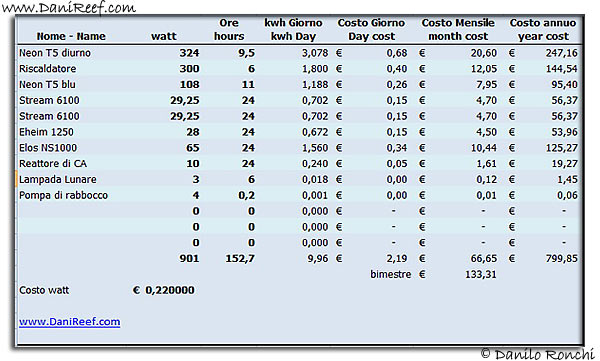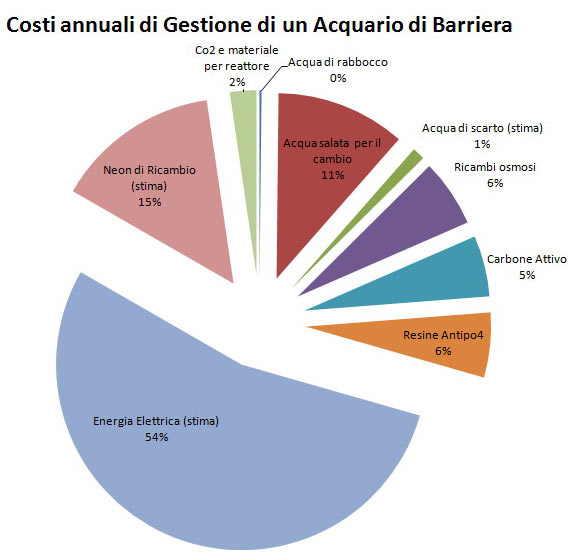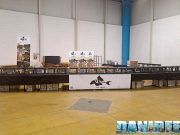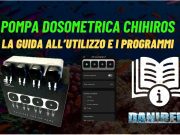Why does 1W of sun correspond to 1W of LED light*?.
First of all we need to consider that solar irradiance is made up of infrared and ultraviolet rays. What we actually call “light” is only the 41% of the total radiation. A LED light which uses up 1W will actually emit 0.3W (for the Philips CoralCare the efficiency is of 31.4%)

The sun emits a maximum of 1.000 w per square metre and 100.000 lux, thus around 100 lumen/w. Typical aquarium LED lamps usually emit 50 lumen per Watt, in the Philips CoralCare case, and 88 lumen/W in the case of the white Tunze Ecochic.
As we can see, this value rises with white lights as LUX are higher for lights similar to that of the sun. The same amount of light has got more LUX for green than for other colours.
A blue-skewed light will have very few lumes even if it has a high power or elevated PAR.
In the most extreme case, a ultraviolet LED not visible to our eye will have 0 lumen, even though it would still be radiating electomagnetic waves (light). If you’re interested you can read more about it here. Unfortunately corals do not perceive light as we do and they are not concerned about the lumen quantity.
Pumps
Water movements is definitely necessary. By buying efficient pumps and keeping them always clean we can already reduce the watt consumption while keeping the same water flow. If we keep our pumps dirty and full of algae they won’t be able to push as much water, and we might end up buying more powerful ones which we actually don’t need. Placing them in the right spots can also help optimizing their performance.

Protein skimmer and return pump
A skimmer with a high water output and a partitioned sump can help maximize the water treated related to the the water volume that the return pump is moving. If maximizing the performance, we could choose a smaller return pump and still get the same filtration quality. This meaning that the water exchange between tank and sump can be reduced. We already talked a lot about it here.
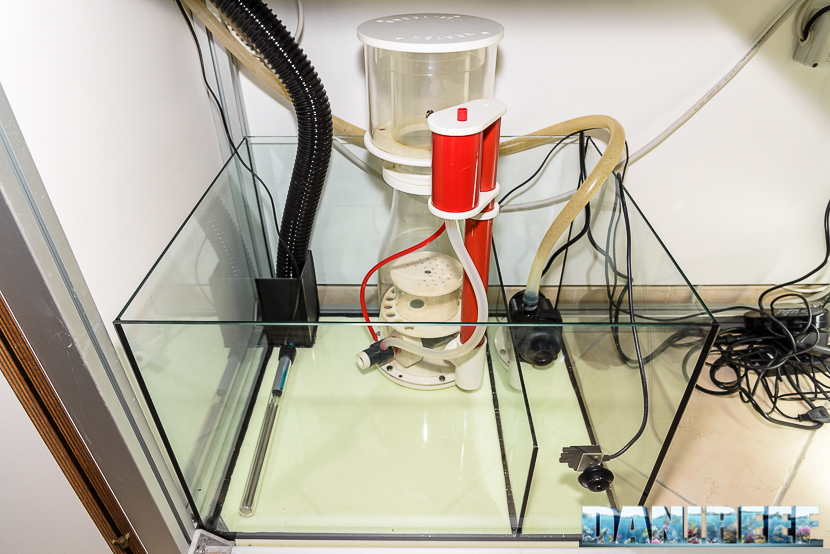
The height gap between the tank and sump is also relevant: with a shorter gap the return pump will have to work less in order to move the same amount of water. For example, a sump positioned next to the tank could allow us to use a much smaller pump and to make maintenance tasks much easier (your back will thank you for it!) still, we realize that it could take up too much space and also not the best looking solution, you get to choose if it’s worth it! Let’s remember that in any case we must have some sort of level gap between the two, as the water has to spontaneously flow into the sump.
Do you remember the Lumaz project in a garage, with the sump at the same level of the tank? Look it up here.
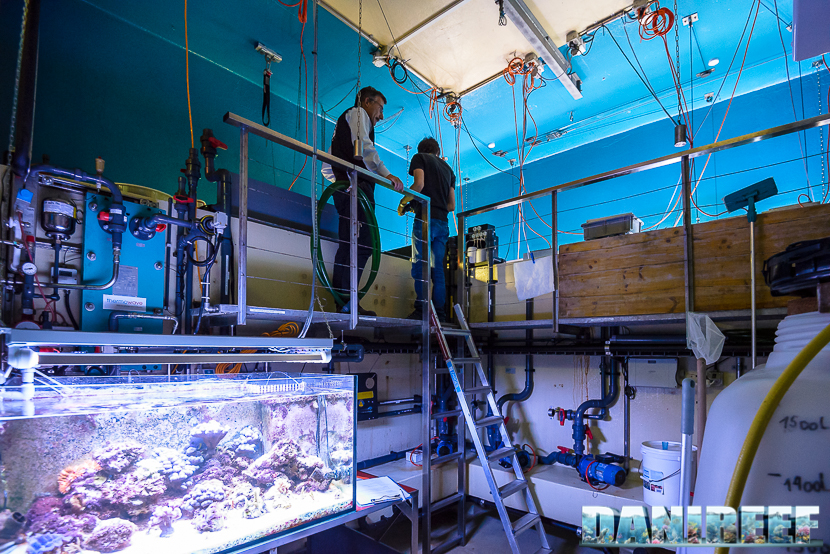
A skimmer kept clean also performes better than a dirty one. While keeping our skimmer efficient we could even use a smaller and cheaper model, while having the same performance of a less cared for bigger skimmer. Here you can find a guide to the skimmer maintenance.
Automatic top-off system
In the sump we also find the automatic water top-off system, which is usually not very energy demanding in terms of consumption. We could still avoid its use by placing the top-off water tank above the sump, using a sensor and a valve to make it start running when needed. Once the valve opens, the water will just fall into the sump without the need of a pump.
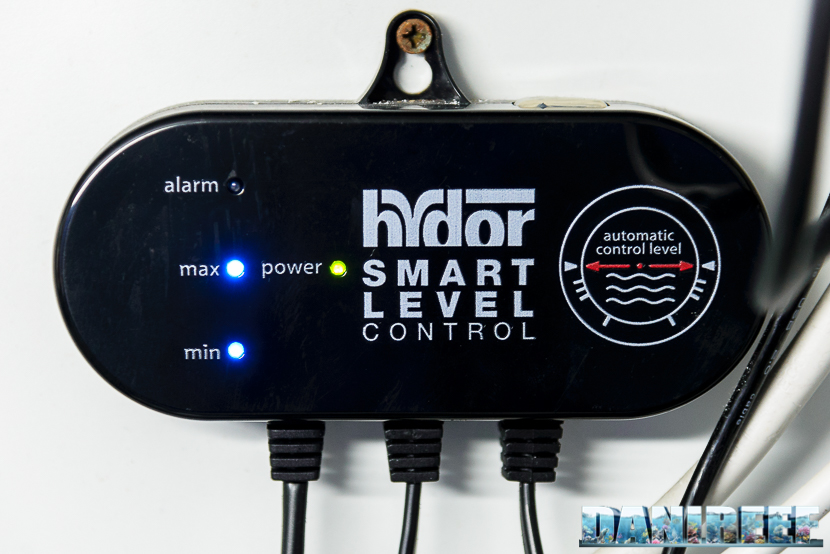
Cooling and Heating
Marine animals are very senstive to temperature changes. In the tank we need to create a stable environment with only a few degrees difference (2 – 3 °C) between summer and winter. It’s also possible to keep a slightly but stable different temperature: for example if our house is particularly cold we could get our animals used to lower temperatures (24-26 °C). This way we can limit the work of the heater during winter months, but we will then need to chill the tank to those temperatures during summer. This type of solution could be ideal for those who keep the tank in a basement, or in any colder rooms.

If instead our main energy consumption came from a chiller during the summer months, we could keep the tank at a higher average water temperature during the year ( 27-29 °C). Unfortunately there is not a strict rule for this situation and we would need to try out more than one solution (by measuring the heater and chiller consumption) to obtain our wanted temperature.
Remember that we should never exceed the 30 °C as many animals would not be able to adapt to such high temperatures.
Summing up
To save electrical energy we should think about what devices use up the most of it and try to optimize their use. Sunlight could even replace (partially) our tank ceiling lights, while for other equipment the best trick is to set them at their optimal performance and keep them clean and efficient. Try to balance everything relating it to what you are keeping in your tank: oversizing things usually means wasting energy, and this is not necessary.
Do you have any other ideas or suggestions?








